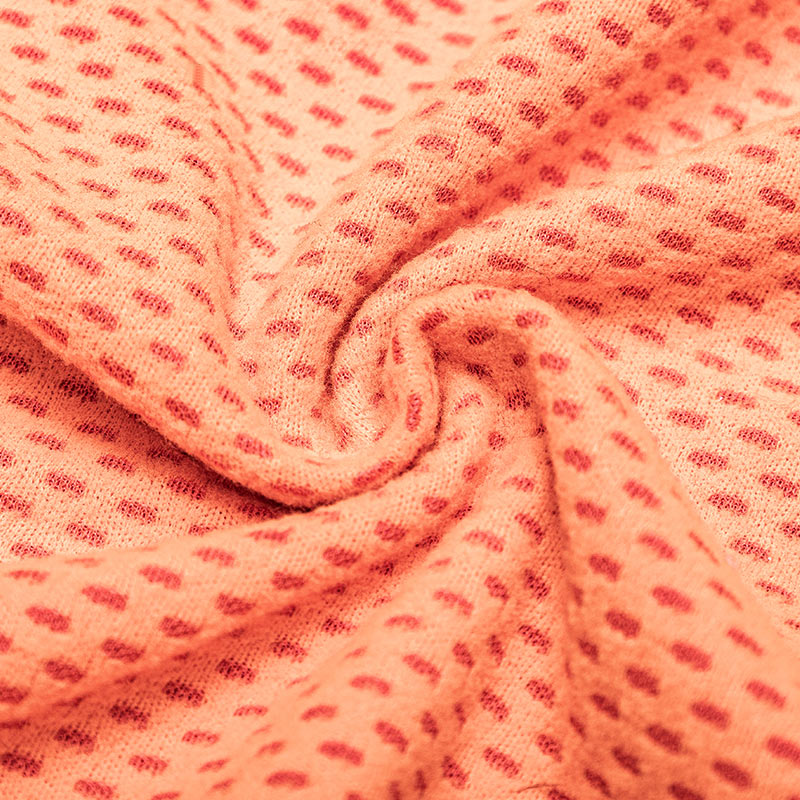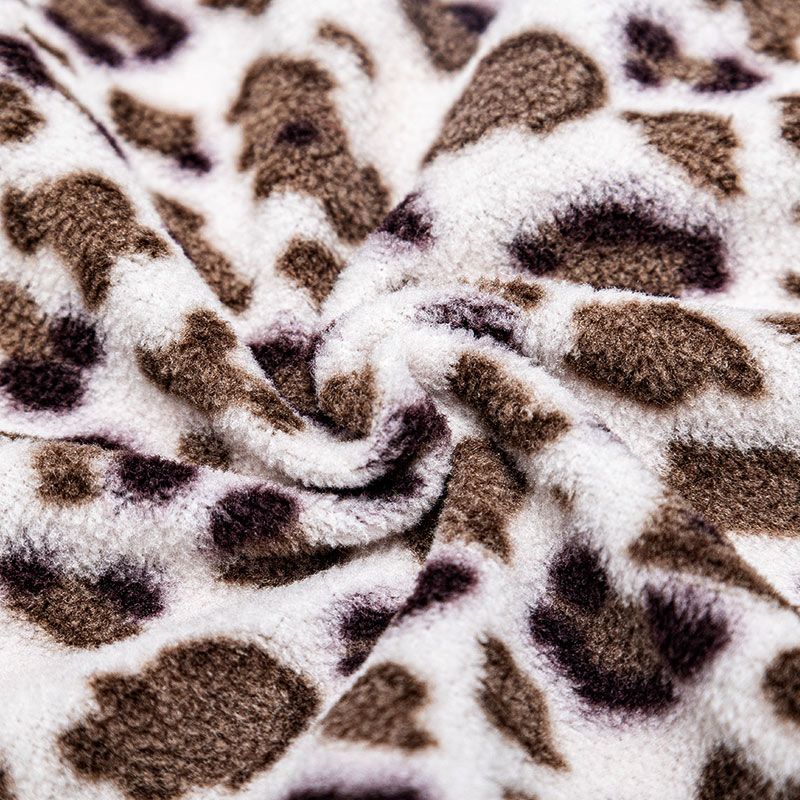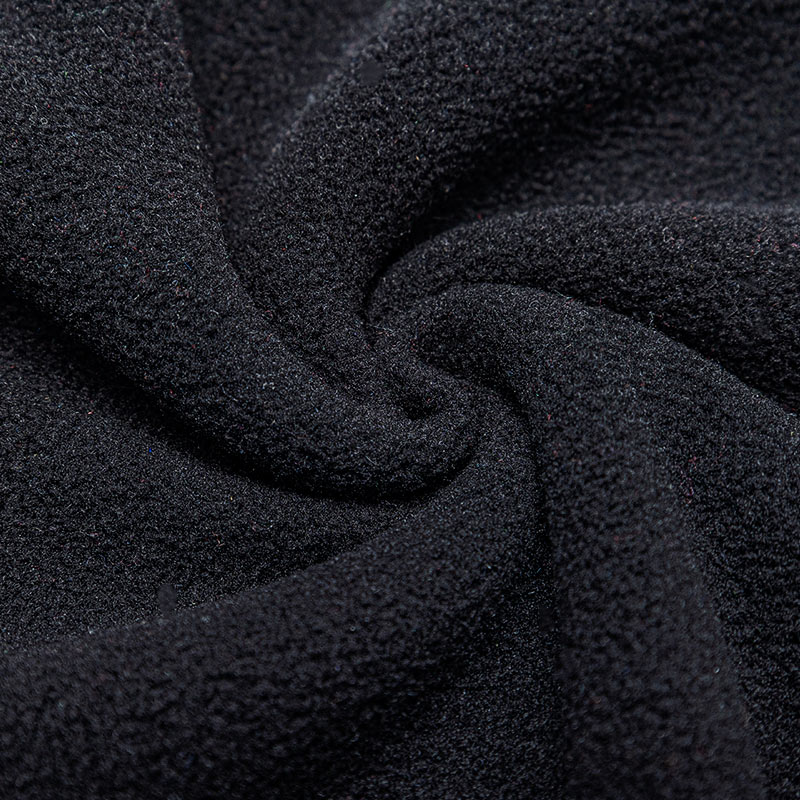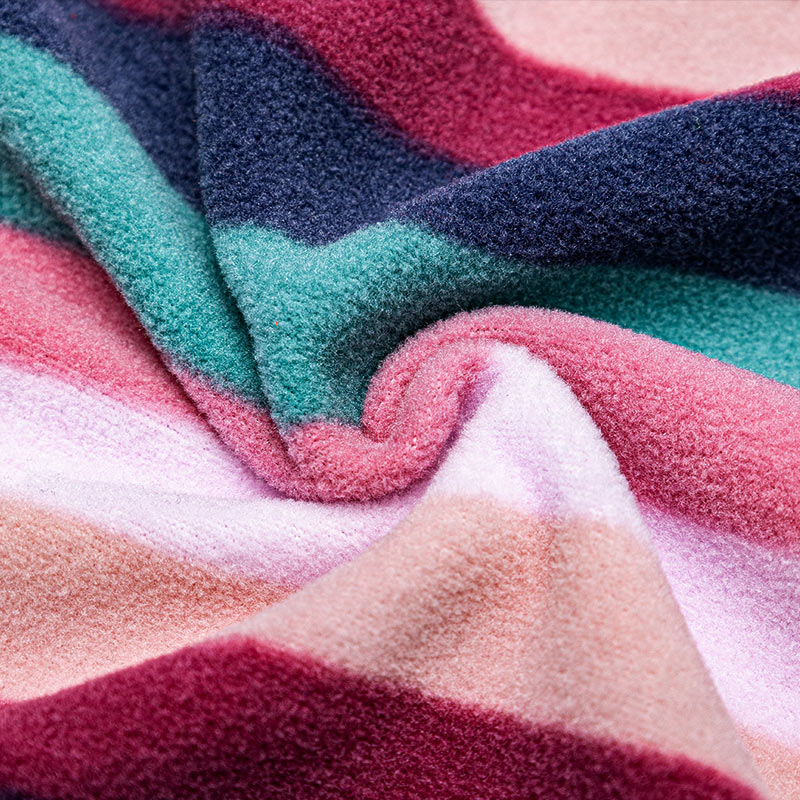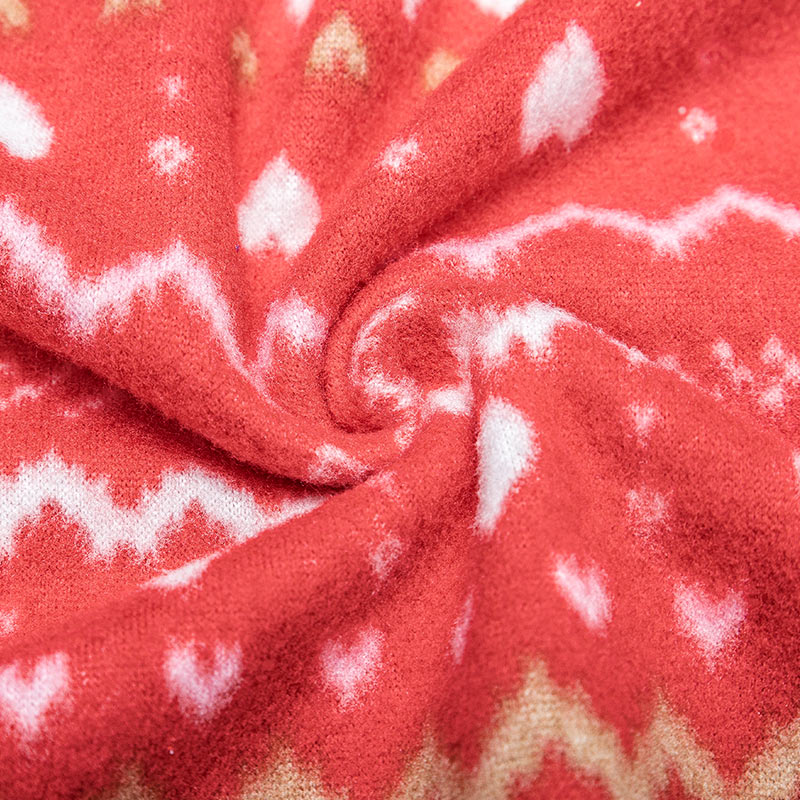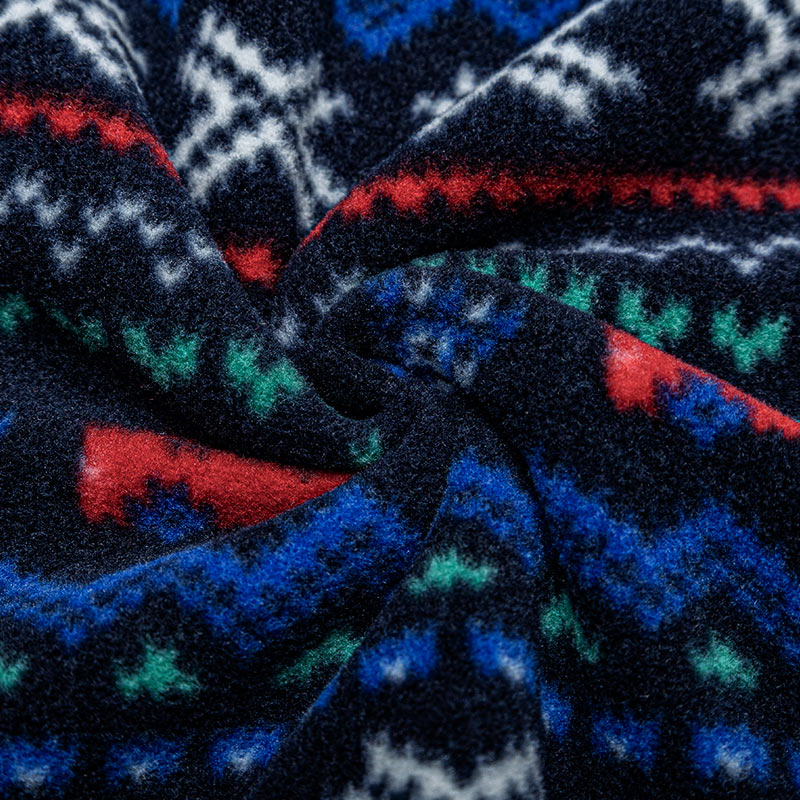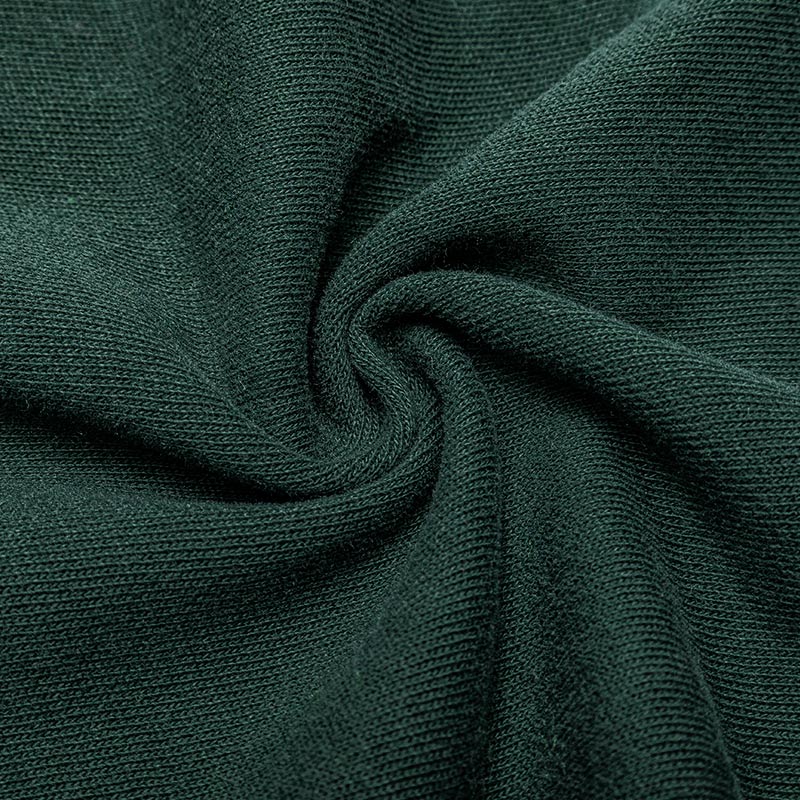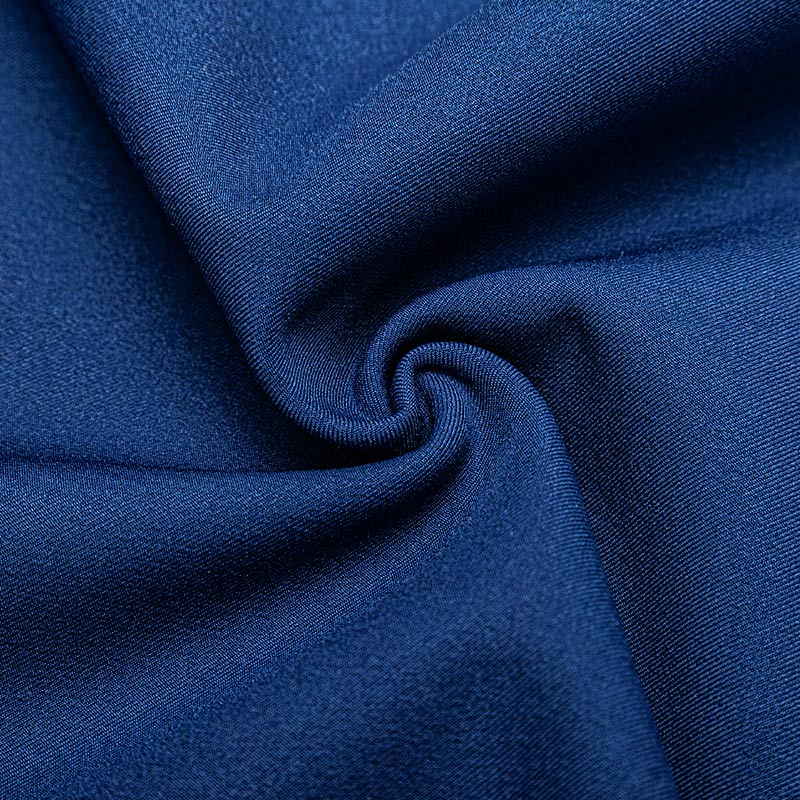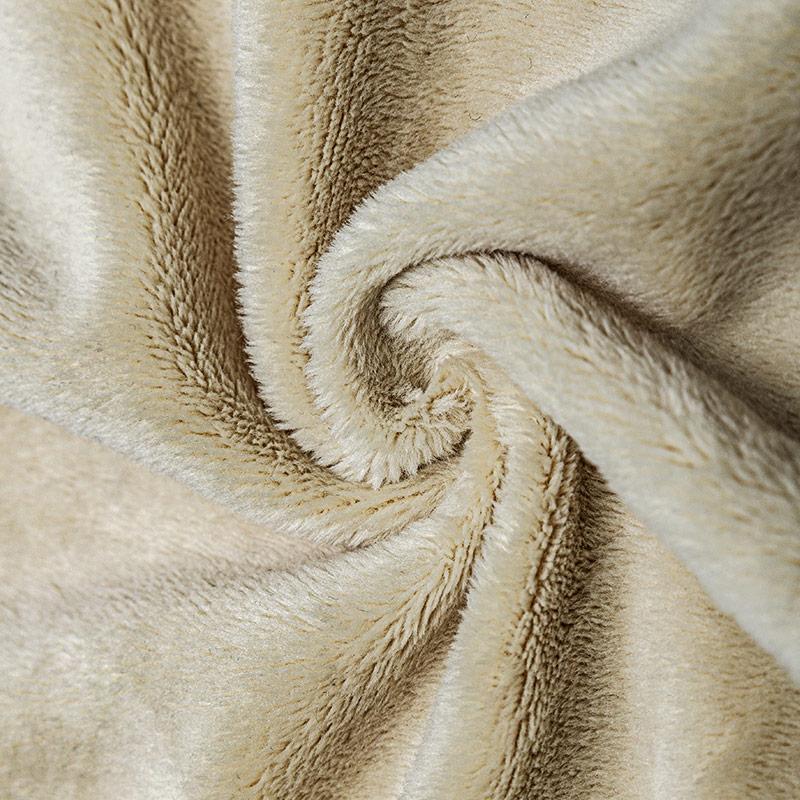The basic structure of the warp-knitted fabrics is the zigzag pattern of yarns. The zigzags are formed by many parallel yarns, each strand securing a loop of an adjacent strand from the previous row. This pattern is characterized by the occurrence of fewer thread intersections than other patterns.
Warp-knitted fabrics are commonly used in a wide range of applications such as garments, decorative fabric, industrial applications and medical purposes. Their main features are: elasticity, softness and durability.
Moreover, the use of these fabrics in various applications is often accompanied by other benefits such as: easy maintenance, high strength and flexibility. These characteristics are particularly beneficial for products that must be durable in a variety of conditions.
Some basic structure patterns of warp-knitted fabrics have been developed and are used to create meshes with different structures. For example, the atlas lap pattern has been developed to produce warp-knitted fabrics that have a closed net structure with a minimal number of thread intersections. It is the basis for many simplex and Milanese fabrics, including polo shirts, shorts, and pants.
A variety of other structures can be produced by combining different pattern elements. Depending on the type of pattern, the mesh fabric can have either elastic or rigid behavior as well as an open or closed structure.
The dimensional stability, porosity and suture performance of the different mesh structures are affected by various factors. Some of them are the yarn type, the interlacing of threads and the fiber structure.
Several patterns are generally used for the construction of woven, knitted, and braided mesh-fabrics. These patterns include chain stitches, marquisette, and weft-inserted.
These patterns are usually combined to form the final mesh-fabric, resulting in a combination of both dimensional stability and elasticity. These patterns are a great solution to meet the requirements of knitted fabrics and also offer considerable potential in terms of cost reductions and increased productivity.
Another advantage of these patterns is their reversibility, which enables the same fabric to be adapted to different uses. Consequently, the number of applications can be significantly increased.
The optimum pattern for warp-knitted reflector surfaces is dependent on the required structural characteristics, such as foldability and light weight. In the case of space applications, such as solar arrays and reflectors, these properties are crucial for the efficient use of reflector surfaces. In addition, the selection of materials and the corresponding structure of the reflector surface are also important. For this reason, a number of different pattern types have been investigated.

